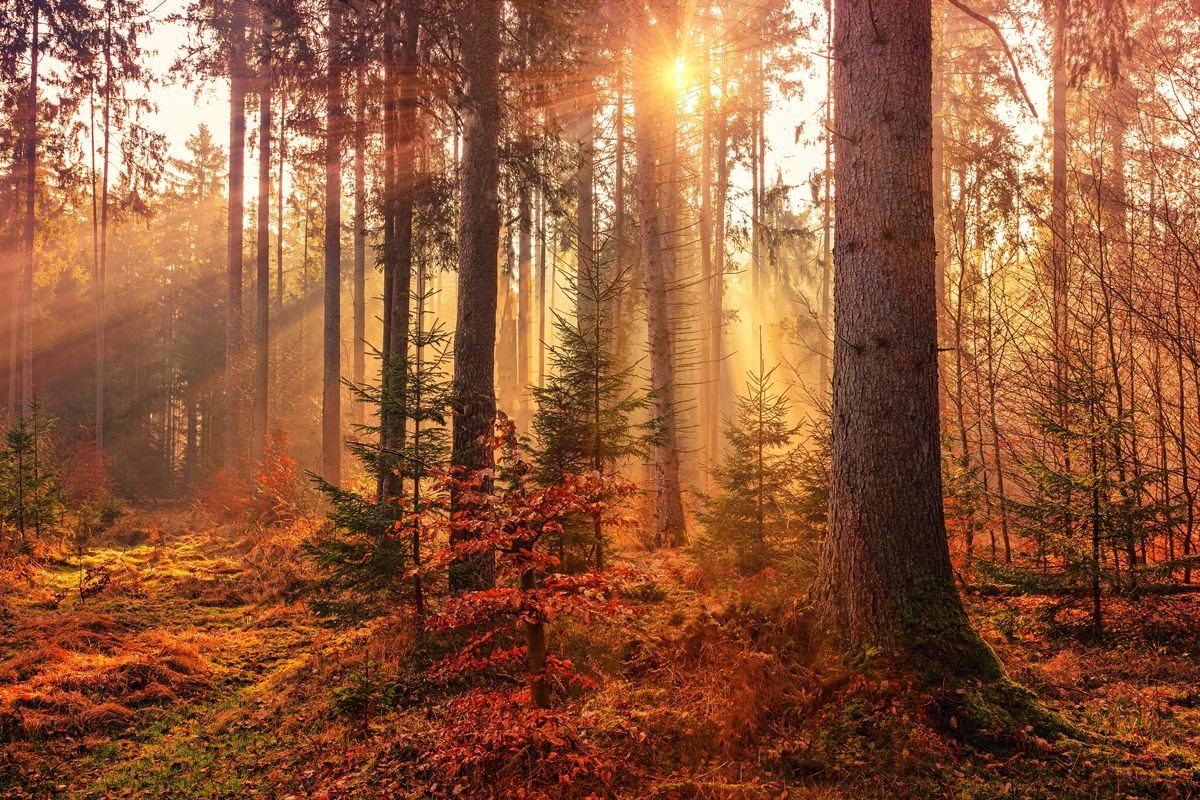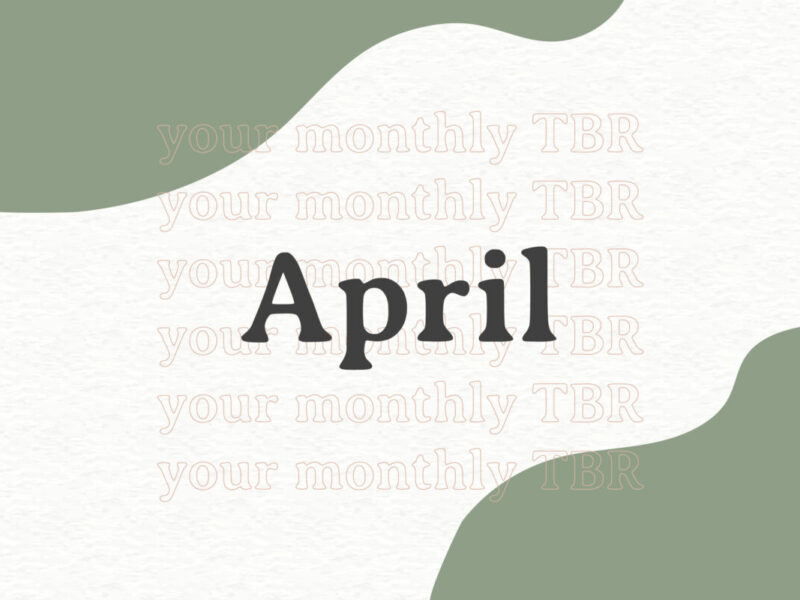Digging Deeper into Fall Imagery in Poetry
Poetry is a beautiful outlet where writers can express their thoughts through creative and imaginative imagery. The use of imagery in a poem helps bring the words to life for the reader, especially when written with vivid detail. As we settle into the fall months, we find a plethora of inspiration for seasonal imagery.
Let’s delve a little deeper into some of the imagery available to us this fall and explore how we can apply it to our writing.
Sight
Fall is full of vibrant colors and earthy hues. Think of the leaves changing color, or consider a bonfire and the way it contrasts the night sky. Imagine decorative pumpkins on front doorsteps with different designs and finishing touches. Observe festive fall wreaths and seasonal welcome mats. You might even witness changing color palettes as fall hues fill our shops and closets.
Taste
As with every season, some foods and flavors are a perfect fit for fall: the sweet taste of hot apple cider that warms your soul; the festive flavor of pumpkin spice, especially in a much-needed latte for a mid-afternoon caffeine boost; the sweet crunch when you first bite into an apple; the sweet and tart combination of that same delicious apple covered in rich caramel. Think of the treats and tastes that have been staples of your fall seasons.
Touch
There’s nothing like the soft feel of a favorite flannel or sweater. Contrast that with the bristly feeling of hay on a wagon ride or the texture of a pumpkin as you carve it with a family member. Think about the feel of a warm hug on a crisp day and the way the people we care about can provide such comfort with their presence.
Smell
Reflect on the familiar, hazy smell of campfire smoke. Think about the satisfying aroma of a freshly baked pie straight out of the oven. Or maybe your first walk down the scented candle aisle fills you with joy as you smell each one in turn. This can be especially powerful if there’s a specific scent that reminds you of someone or something. Inspiration is everywhere!
Sound
Listen to the crunch of the leaves as you walk through a park or nature reserve. Hear the “pop pop pop” of the crackling fire. Tune in to the soundtrack of a scary movie or the chorus of children laughing and preparing to go trick-or-treating. There’s so much to listen for if you slow down and wait for it.
This is not an exhaustive list, but I hope this detailed look at fall imagery helps jumpstart your imagination and allows you to tune in to your own senses surrounding the season. Now, it’s your turn to try it.
Observe your immediate environment for inspiration. What do you have around your house that could be considered fall-themed? For some people, this may be an easy task, but for others, it may require some digging. Check the refrigerator, the bookshelf, the entryway. Maybe an old decoration is packed away in a closet that brings back old memories. Once you find a point of inspiration, practice your poetry by describing it with as much imagery as possible. Draw upon your senses. Paint a word picture for the reader.
Write a five-paragraph poem. Allow each stanza to represent one of the five senses. Pay special attention to the details you choose to highlight in your poem and the emotions you’re looking to convey. For example, a nostalgic poem may rely on sensory memory to elicit a strong emotional response. A spookier poem may explore heightened senses, perhaps even isolating one or two senses for a narrowed perspective.
Collaborate with a friend. Link arms with a writing friend and create a poem together. Alternate lines or stanzas, but unite around an overall theme or piece of fall imagery you’d like to bring to life. The differing strategies and perspectives will be a great way to draw readers in, and it’ll be fun to create something cohesive with another creative!
Fully describe a fall object or activity with as much attention to detail as you can. How would you describe the significance of a pumpkin at this time of year? The concept of trick-or-treating? The catharsis of fall baking championships? (That’s not just me, right?) Imagine that your reader is depending on you for a full and vivid perspective on your chosen fall topic. Use as much imagery as you can to make it really sing and come to life.
Imagery is a powerful tool for every poet, and focusing on the season in front of us can help us create some sensational fall poetry.
Happy writing, friends!




